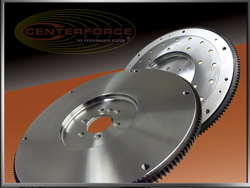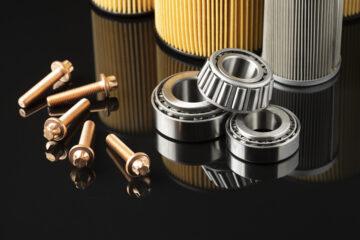In its simplest sense, a flywheel is any rotating disk that is installed to collect and supply energy to any system by storing this energy in the form of rotational kinetic energy. A rotating flywheel responds to any momentum that tends to change the direction of its rotation axis by a resulting processing rotation.
If you are no physics guru, just think of the ancient time’s common example: the potter’s wheel! This has inspired the technology that came to be the use of flywheels in cars. As another example, think of the good old “Smash-up Derby Cars” which were famous children’s toys in the 1970’s and 80’s. These toy cars would race towards one another with great speed, only to hit each other, and then the pieces would fly off. The children would then collect the pieces, reattach them to the cars, and then prepare them for another collision. The players would have tons of fun, without fully understanding how the toy cars moved without pushing them. The answer: the humble flywheel design.
How does it work?
Flywheels are small motors that rotate through the help of magnets. The flywheel, rotor or sprocket is held still by a flywheel holder while you remove or tighten the nut keeping each of them in place. The holder often looks like a bar with clamps at either end. These holders are also useful for other equipment or vehicles with small engines like lawnmowers, scooters, motorcycles, etc.
In the center of the car, you can find a single wheel that is free to rotate with the axle perpendicular to the direction that the car is facing. If you give this a push, it would roll. For best results, you must place a specially-designed cord in the hole and pull it out quickly. This cord is attached to a gear on the side of the flywheel. When this cord is pulled, the gear will rotate and the flywheel will power up. When the flywheel is spinning, you have the simple flywheel engine. It simply refers to the locomotion for the vehicle.
Choosing and replacing flywheels
Step 1. Before purchasing a new part, make sure you know the correct make and model of your vehicle. This will help you determine which size and style of flywheel to buy. Holders come in various sizes, so as small as your flywheel motor is, you should know the specific size you need.
Step 2. Check and remember the size of your flywheel, to know and buy the flywheel holder with the correct edge that best fits it.
Step 3. For flywheels that are bigger than 6 3/8” in diameter, it is recommended to use a block of wood as support. It is rather difficult to find a flywheel holder that adjusts to a size that is larger than that.
Step 4. Using a socket wrench, turn the nut, but make sure you keep the flywheel steady using the holder. While you are turning it, you may feel some resistance, and this is normal. This force is due to the flywheel’s magnetic pull.
Step 5. If you are loosening left-handed nuts, you must do so in the opposite direction of standard nuts. When the nut is loosened, you may remove the flywheel holder.
Step 6. Then, place back the flywheel and reposition the holder to keep the flywheel stable during the nut replacement, when you are finished making your repairs.
Note that you must be careful in performing any of these steps. Also, make sure that you purchase only the best quality parts. To find such parts, plus great discounts, check out Autopartsway.com.



